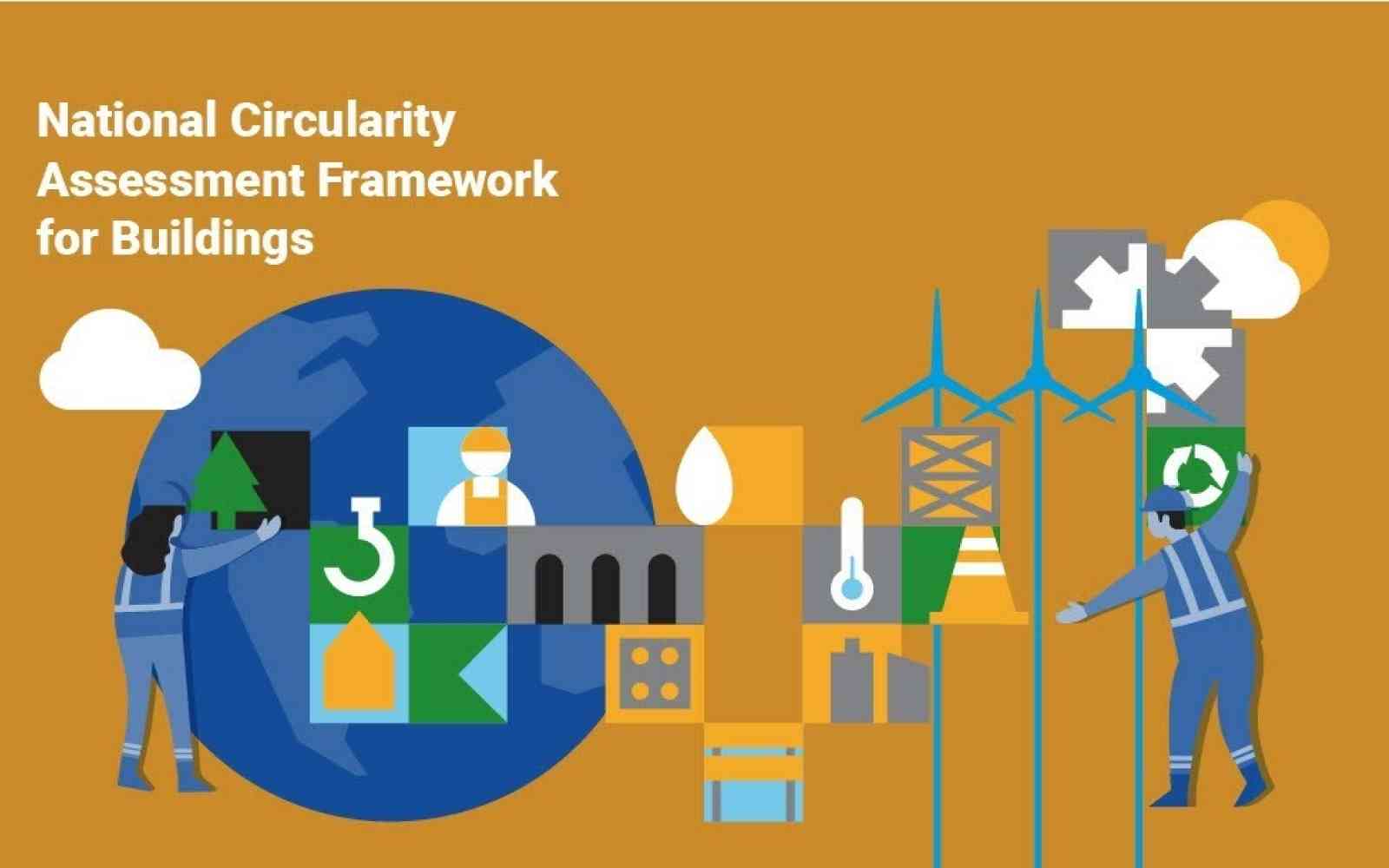The United Nations Office for Project Services (UNOPS)
Paving the way for a low carbon, climate-resilient built environment
Launched at the 29th UN Climate Change Conference (COP29), new practical guidance will help countries decarbonize their buildings and construction sector – a critical step in reducing greenhouse gas emissions and building climate resilience.
The building and construction sector is a major contributor to global greenhouse gas emissions – accounting for a staggering 37 per cent of energy-related CO₂ emissions. And with energy demands and emissions from buildings continuing to grow, limiting global warming to 1.5°C means countries must urgently incorporate the buildings and construction sector in their emissions reduction efforts.
“The sector remains off track to achieve decarbonization by 2050, and the gap between its actual climate performance and the necessary decarbonization pathway is widening,” said Gulnara Roll, Head of Cities Unit at the UN Environment Programme (UNEP), and Head of the Global Alliance for Buildings and Construction (GlobalABC) Secretariat – hosted by UNEP.
“Decarbonizing buildings across their entire life cycle is achievable, but it demands a sector-wide transformation and deep collaboration between all stakeholders across its highly fragmented value chain,” she added.
Learn more about how the Climate Action Roadmaps for Buildings and Construction can support governments with setting and including ambitious targets related to the buildings and construction sector – to reduce national emissions and adapt to the impacts of climate change.
Supported by Germany’s Federal Ministry for Economic Cooperation and Development (BMZ), and in collaboration with the GlobalABC and UN-Habitat, UNOPS has developed a practical toolkit to support countries assess and identify key initiatives to decarbonize their buildings and construction sector. The toolkit, ‘Climate Action Roadmaps for Buildings and Construction’, consists of step-by-step guidance, including tools and methodologies, that pave the way for countries to establish and implement effective plans, actions and priorities for decarbonizing the sector.
As the climate crisis intensifies, the need for swift and decisive action in all sectors, especially buildings and construction, has never been more critical. Achieving zero carbon buildings must transition from being a best practice to the standard approach.
To date, Ghana, Senegal and Bangladesh have each utilized the new methodology to prepare country-specific strategies. UNOPS is also leading several complementary demonstration projects in Ghana and Bangladesh to facilitate the adoption of low-carbon materials in the building sectors of those countries.
‘Climate Action Roadmaps for Buildings and Construction’ was officially launched at COP29, during an event hosted by the GlobalABC. During the session, UNOPS Head of Strategic Initiatives – Infrastructure and Project Management, Samantha Stratton-Short, presented the UNOPS-developed methodology and spoke of the need to place buildings at the centre of national climate strategies.
“We believe that this guidance – developed through an iterative process involving experts, stakeholders and pilot testing – will support countries to craft actionable roadmaps that contribute to a more sustainable, inclusive and climate-resilient future,” she said.
The Climate Technology Centre and Network (CTCN), hosted by UNEP, also presented on its related work to help decarbonize construction sector supply chains. This includes developing guidance on reducing emissions in the concrete and cement industry.
Visit the GlobalABC website to read more and download the publication.














